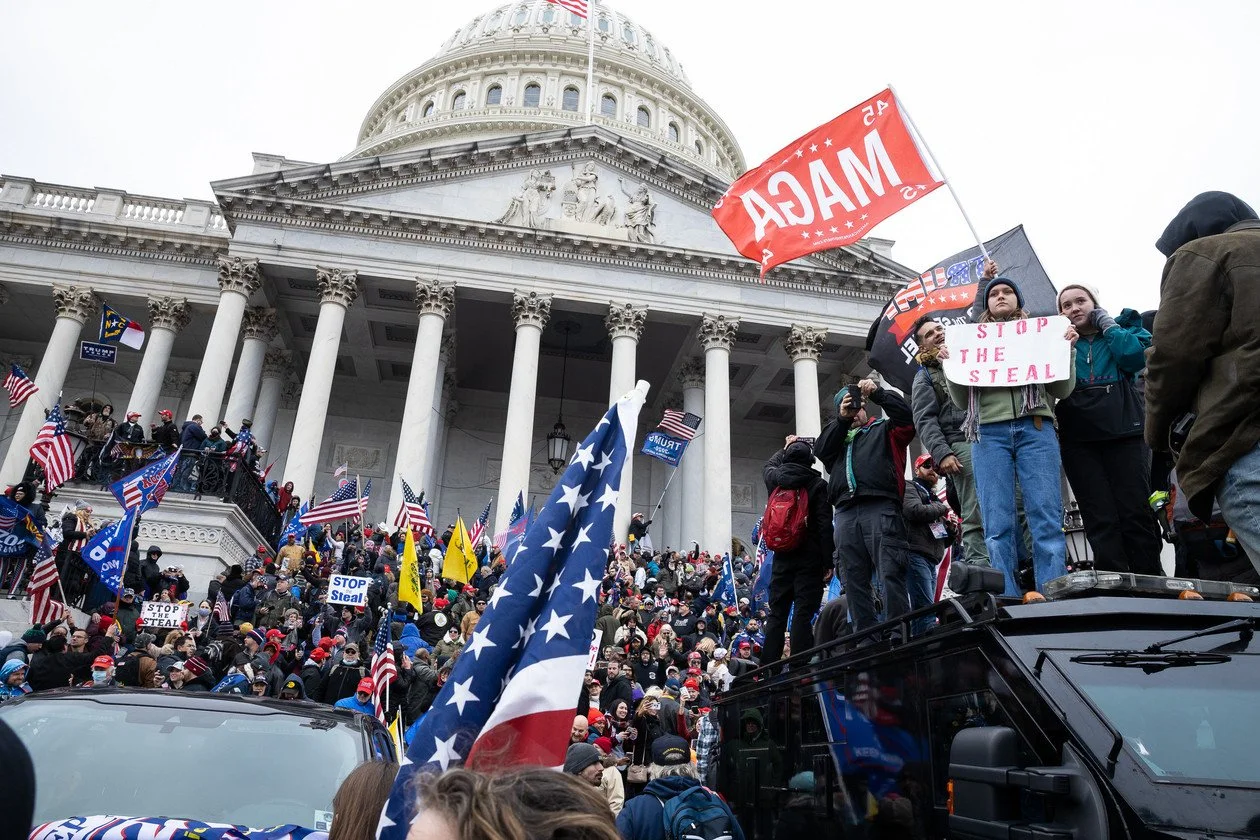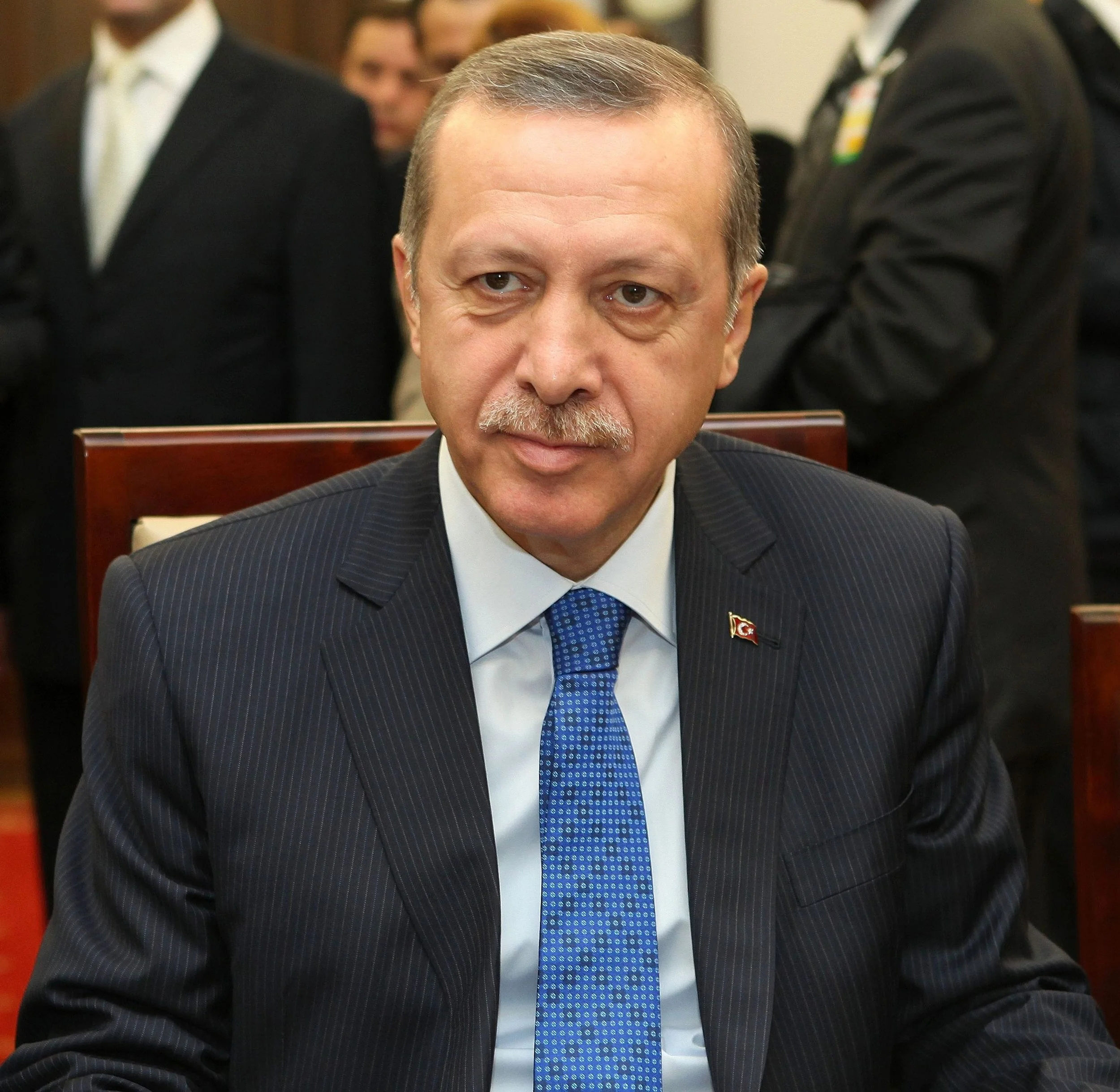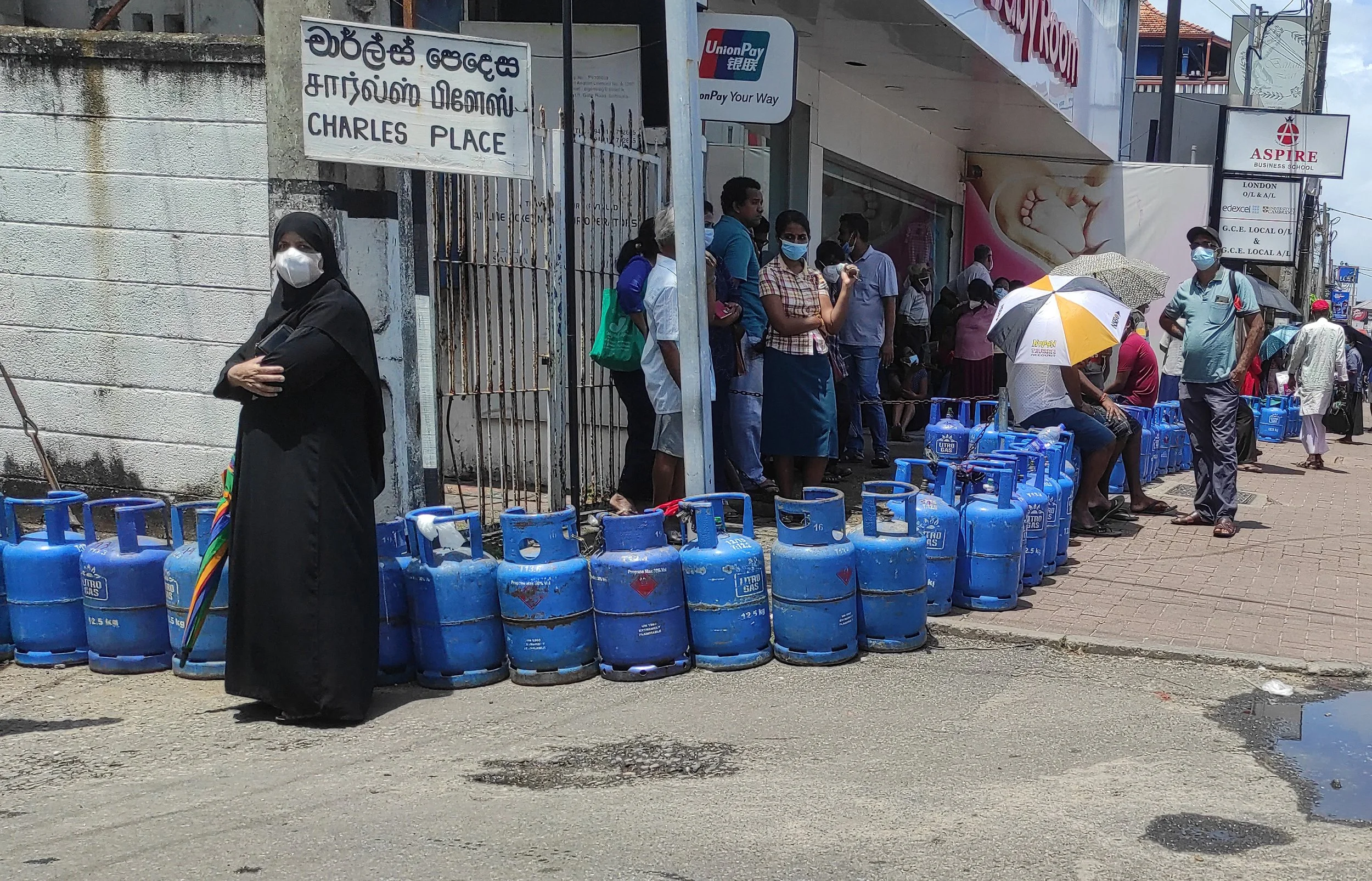The culture of rebellion – Modern insurrections and the symbols of power
On the morning of the 14th October 2022, two protesters entered the National Gallery in London. Expressly targeting the most famous painting in gallery, Vincent Van Gogh’s The Arles Sunflowers, the two women from activist group Just Stop Oil, proceeded to douse the work in tomato soup. As they glued themselves to the wall in front of a shocked crowd, one of the protesters shouted, “What is worth more, art or life?” Although Just Stop Oil’s aim of raising awareness of the dangers of using fossil fuels incurred a great deal of public sympathy, the choice of attacking Van Gogh’s painting was considerably less popular.
Indeed, this particular incident highlights an often overlooked though nonetheless significant facet of modern protests, riots and insurrections. From the storming of the US Capitol to the attack on the Brazilian National Congress, art, buildings, and cultural symbols at large are deliberately targeted and attacked.
Often the most visible symbols of a nation are the buildings and palaces which house their government. In America, there are two great symbols of democracy, The White House, holding the executive branch of the US government and the US Capitol building where the legislature is housed. The latter plays a particularly active role in the lives of ordinary Americans, appearing on the $50 bill.
Propelled by false claims of election fraud, Trump supporters attacked the Capitol on January 6th, 2021, in the hopes of stopping the certification of Joe Biden’s victory. In a day that has haunted American democracy up to the present and will surely continue to do so for years to come, violent clashes between rioters and law enforcement resulted in chaos for all the world to see.
However, what is often missed is that the US Capitol building itself, provided an outlet to attack a physical symbol of democracy. January 6th was not the first time the Capitol has been attacked. During the war of 1812, the British briefly captured Washington D.C. and burnt the building down. Its later reconstruction became symbolic for the nation’s growing national spirit. As such, the images of Trump supporters storming this visible symbol of American democracy has certainly weakened this spirit more than any foreign adversary could have hoped. These images also reveal extensive damage to the building itself with corridors littered with glass and doors broken down by the rioters in an attempt to enter senators’ offices. The cost of restoring the building has already spiralled into the millions and is likely to cost much more with extra security taken into account. However, the physical harm to the Capitol has also raised the question of preserving the damage so that the violence of that day will remain a pertinent warning in the walls of that institution.
Alongside housing the US Congress and Senate, the Capitol also serves as a sort of museum. Within its marble halls, the artefacts and tools that built America are displayed. Though these cultural symbols did not escape unscathed, which works were targeted and which were spared offers important clues to the character of this riot. Notably, The Four John Trumball paintings survived despite being at the centre of the violence. Depicting the course of the American revolution these are possibly the most patriotic works in the nation’s artistic canon. Other works were not so lucky with a depiction of founding father Thomas Jefferson and another of Native American statesman Be Sheekee both being damaged by the rioters. In essence, January 6th was a moment of fierce but random violence rather than an organised attack, but its outlet was the symbolic assault on a building that itself is a symbol of American democracy.
Rioters again attacked cultural symbols in Brazil, although it was a more targeted assault. In echoes of January 6, a group of extremist Bolsonaro supporters refused to accept their leader’s loss in the recent general election and marched on the centre of Brazil’s government at Three Power’s Plaza. Breaking through police cordons, they stormed into the Supreme Federal Court and the National Congress. In this case, art was not spared with Rogerio Carvalho, the Presidential Palace’s director of curatorship, going as far as to say, “The damage was not random; it was obviously deliberate.” Amongst the numerous artworks destroyed and damaged was a priceless 17th century clock built by Balthazar Martinot, smashed to pieces, and Emiliano Di Cavalcanti’s mural ‘As Mulatas’, which had rocks thrown through it. Rioters also targeted more political art, notably slashing a portrait of former Senate President Renan Calheiros, which has become one of the most infamous pictures of that day. Calheiros was an important figure in Brazil’s democratic movement but was implicated in Brazil’s sweeping corruption scandal. Given that Bolsonaro came to power on a wave of anger over this scandal, this particular act of destruction encapsulated the resentment of a large part of Brazilian society towards a perceived corrupt elite. Indeed, the far right in Brazil have always had a complicated history with art, with Bolsonaro going as far as to close the Ministry of Culture when he came to power.
Nonetheless, it is easy to portray insurrections and protests as vehicles for the destruction. Examples in Brazil and America have no doubt changed how we view uprisings, and yet we must not forget that protests also have the capacity to use these cultural symbols in more constructive ways. Nowhere is this contradiction clearer than in Sri Lanka. The nation was hit hard by a combination of the Covid-19 Pandemic and a series of inept economic policies which drained the nation’s foreign currency reserves. Unable to import basic goods including oil and fertilisers, Sri Lankans took to the streets to hold the government to account. Months of unrest followed, characterised by mass protests and an increasingly brutal response from the authorities. In July, public anger culminated in the storming of the President’s House in Colombo, a symbol of the wealth enjoyed by the ruling Rajapaksa family whilst the rest of the country struggled to buy basic necessities. The President’s House is also a reminder of Sri Lanka’s colonial past; it was occupied by governors who ruled the island in the name of the British Empire. In recent times, it became more a symbol of the Rajapaksa dynasty and the hold they have over Sri Lankan politics. To be clear, the storming of this building was technically yet another attack on a cultural symbol, however, the aim of the protesters was not destruction. The pictures that came out of this event show a very different story than January 6th. Here, ordinary Sri Lankans set about eating in the kitchen and taking a dip in the pool. This was a violation of the symbols of power, an occupation of a building that in recent times has come to symbolise everything wrong with the nation - it was not an act of targeted or malicious destruction but a way of redefining the very spirit of Sri Lanka’s national character.
Image courtesy of Francis Chung via POLITICO, ©2021, some rights reserved.
The views and opinions expressed in this article are those of the author and do not necessarily reflect those of the wider St. Andrews Foreign Affairs Review team.



